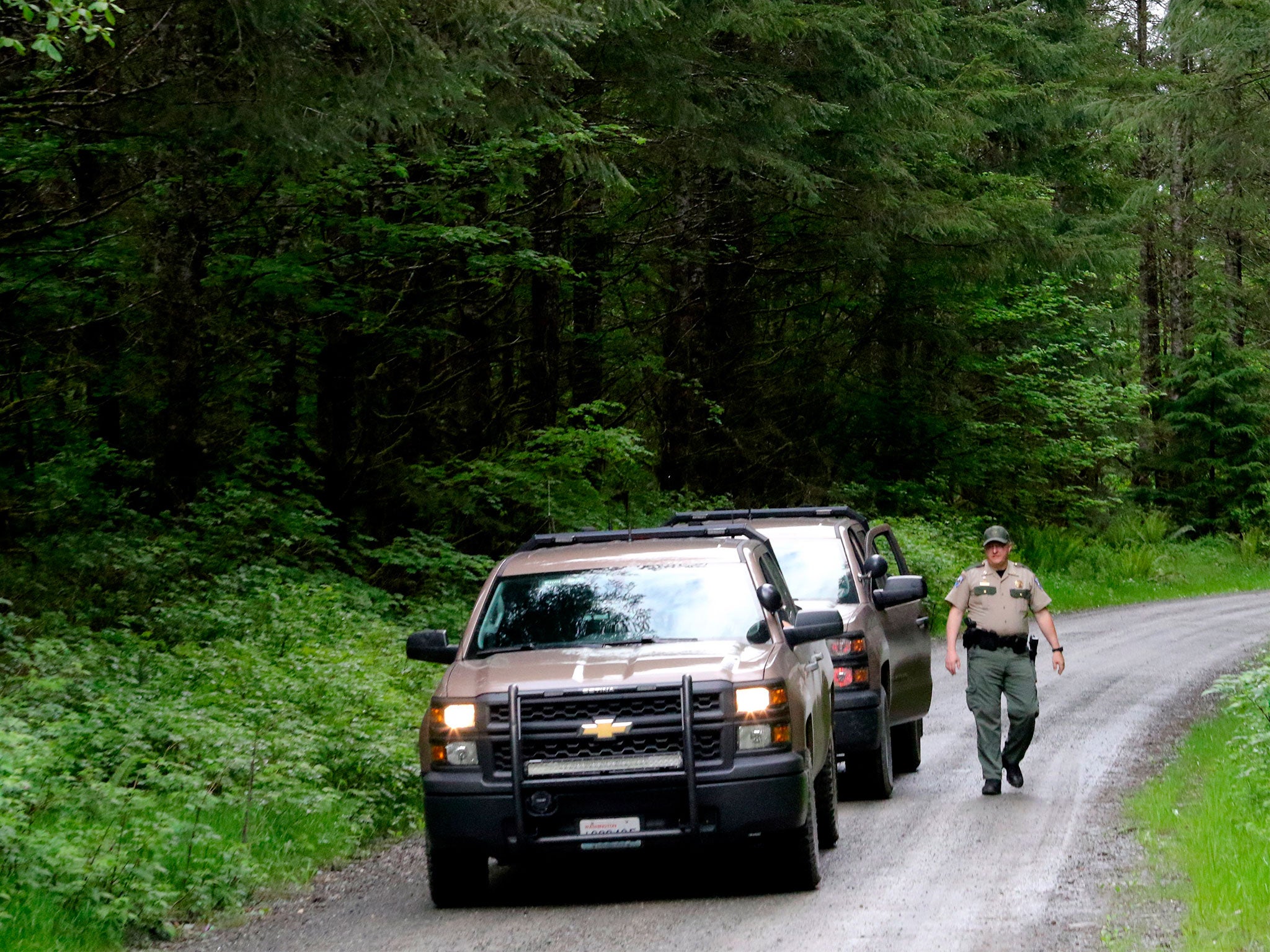Cyclist killed by cougar after smacking it with his bike to scare it off, officials reveal
'They did everything they were supposed to do, but something was wrong with this cougar' police say of mountain bikers' efforts to repel big cat
Your support helps us to tell the story
From reproductive rights to climate change to Big Tech, The Independent is on the ground when the story is developing. Whether it's investigating the financials of Elon Musk's pro-Trump PAC or producing our latest documentary, 'The A Word', which shines a light on the American women fighting for reproductive rights, we know how important it is to parse out the facts from the messaging.
At such a critical moment in US history, we need reporters on the ground. Your donation allows us to keep sending journalists to speak to both sides of the story.
The Independent is trusted by Americans across the entire political spectrum. And unlike many other quality news outlets, we choose not to lock Americans out of our reporting and analysis with paywalls. We believe quality journalism should be available to everyone, paid for by those who can afford it.
Your support makes all the difference.Two mountain bikers “did everything they were supposed to do” when they noticed a cougar tailing them on a remote trail in Washington state - but "something was wrong" with the big cat that left one of them dead, police have said.
They pair got off their bikes, faced the mountain lion and tried to spook it. When it charged at them, one of them smacked it with his bike and it ran off.
But as they stood trying to catch their breath, the animal returned, biting one of them on the head and shaking him, authorities said.
The second cyclist ran, but the cougar dropped his first victim and pounced on him, killing him and dragging him back to what appeared to be its den, Captain Alan Myers, of the Washington Department of Fish and Wildlife Police, said.

“They did everything they were supposed to do,” King County sheriff’s Sergeant Ryan Abbott said. “But something was wrong with this cougar.”
The men had been riding together near North Bend, around 30 miles east of Seattle.
It was the first fatal cougar attack in the state on 94 years.
Mr Myers said the cougar was underweight. It weighed around 100 pounds (45kg), when a typical three-year-old male in the area would be 140 to 180 pounds (63 to 81kg).
Isaac Sederbaum, the 31-year-old man from Seattle who was bitten first, survived. The deceased victim was identified as SJ Brooks, a 32-year-old man from Seattle.
After the cougar attacked Mr Brooks, a badly bloodied Mr Sederbaum managed to get on his bike and ride off. He rode for two miles before he could get phone reception and call 911.
When rescuers arrived, it took them about half an hour to find Mr Brooks, who was dead with the cougar on top of him in what appeared to be a den-like area.
An officer shot at the animal and it ran off. Several hours later, Washington Department of Fish and Wildlife agents used dogs to track it to a nearby tree where they shot and killed it.
Authorities plan to match DNA taken from the animal with DNA from the victims to be certain they killed the right cougar.
They sent the animal’s carcass to a veterinary lab at Washington State University for a necropsy to determine what might have been wrong with it.
There are an estimated 2,000 cougars in Washington. Until the 1960s, the state paid hunters a bounty for killing them. Now, it allows 250 to be hunted in 50 designated zones.
While they are sometimes known to kill livestock or pets, and though one even found its way into a park in Seattle in 2009, encounters with people in Washington state are rare.
Attacks have become more common as people increasingly encroach on the animals’ territory.
In North America, there have been about 25 deadly attacks and 95 nonfatal attacks reported in the past century, but more attacks have been reported in the US West and Canada over the past 20 years than in the previous 80, according to Fish and Wildlife.
Experts say that people encountering the big cats in the wild should stop and pick up small children immediately.
Because running and rapid movements can trigger the animal’s prey drive, they say don’t run. Instead, face the cougar, speak firmly and slowly back away — appearing as large as possible, such as by standing on a rock or stump or opening a sweatshirt or jacket. Keep your eyes on the animal and become more assertive if it doesn’t back off. And if it does attack, fight back.
“The idea is to convince the cougar that you are not prey, but a potential danger,” Fish and Wildlife advises on its website.
Additional reporting by Associated Press

Join our commenting forum
Join thought-provoking conversations, follow other Independent readers and see their replies
Comments